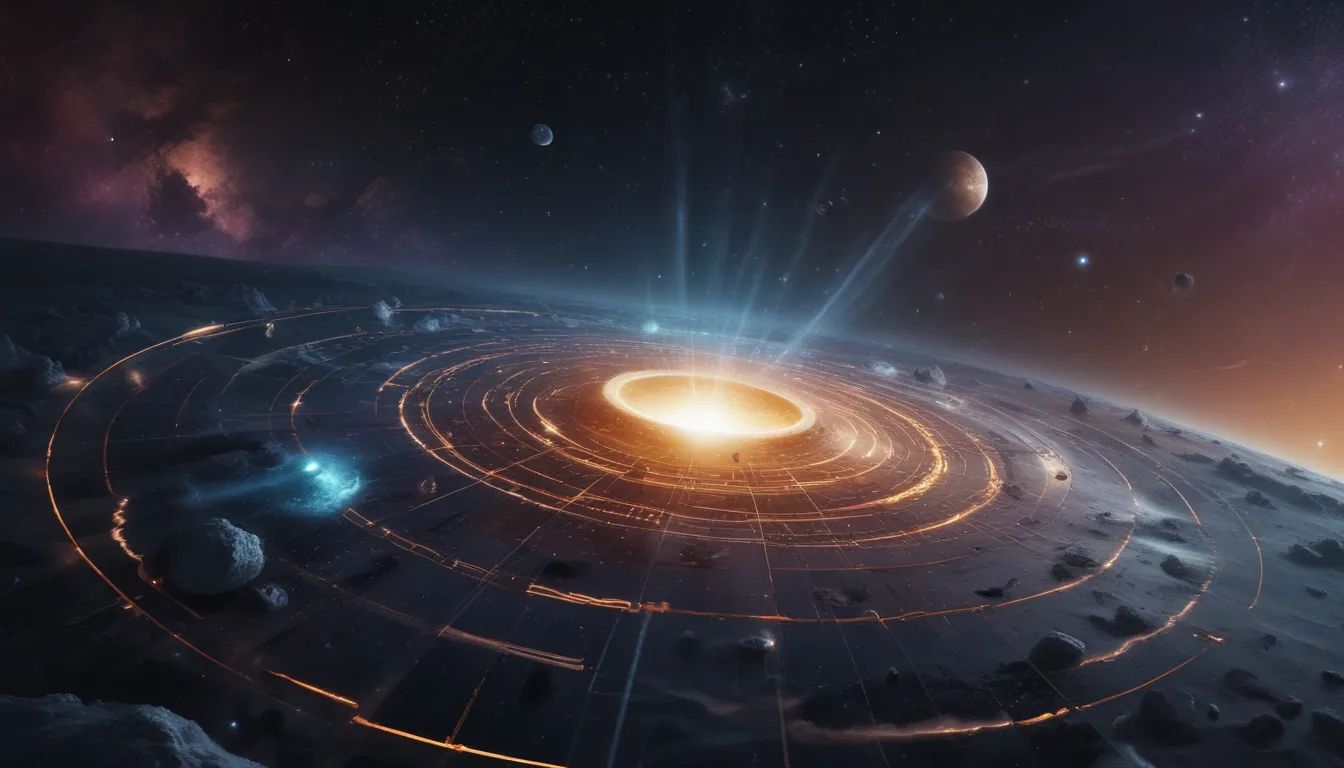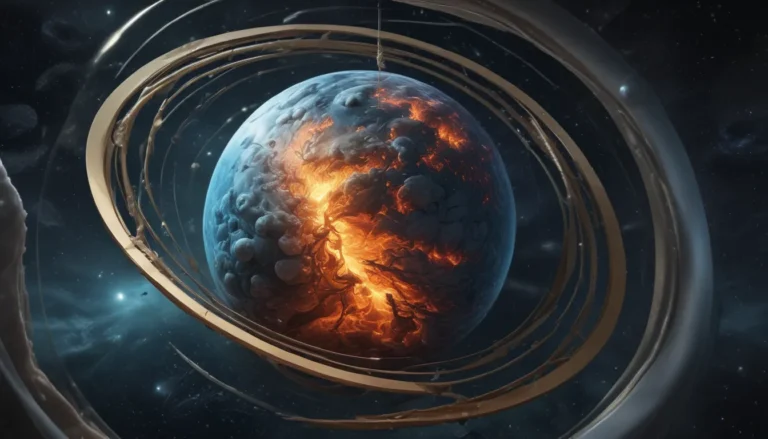A Note About Images: The images used in our articles are for illustration purposes only and may not exactly match the content. They are meant to engage readers, but the text should be relied upon for accurate information.
Welcome to a world where the gravitational forces of celestial bodies create balanced spots in space, allowing smaller objects to stay in a stable position. These magical places are known as Lagrange points, named after the brilliant mathematician Joseph-Louis Lagrange. In this article, we will delve into the marvels of Lagrange points and uncover 17 unbelievable facts that will take you on a journey through the mysteries of our universe.
Understanding Lagrange Points
- Lagrange Points are special locations in space where the gravitational forces of two celestial bodies reach equilibrium, providing stable positions for objects to remain stationary.
- These points have practical applications in space exploration, satellite deployment, communication, and even asteroid mining operations.
The Legacy of Joseph-Louis Lagrange
Joseph-Louis Lagrange, an Italian-French mathematician, first calculated the existence of Lagrange points in the late 18th century. His groundbreaking work paved the way for the discovery and exploration of these unique points in space.
The Dance of Gravitational Forces
- Lagrange Points are where the gravitational forces of two celestial bodies counterbalance the centrifugal force experienced by a smaller object, creating a state of stability.
- In the Earth-Moon system, there are five Lagrange Points, denoted as L1, L2, L3, L4, and L5, each offering a different configuration of equilibrium.
The Enigma of L1
- L1, positioned between the Earth and the Moon, is the most renowned Lagrange Point and has been instrumental in various space missions and satellite observations.
Beyond Earth-Moon System
- Lagrange Points are not limited to the Earth-Moon system; they can exist in any system where two bodies revolve around each other.
- These points offer stability and unique opportunities for observation and exploration.
Applications of Lagrange Points
- Lagrange Points have been utilized in space missions, such as NASA’s Kepler mission, and hold potential for future space exploration, colonization, and resource extraction.
- They serve as gravitational gateways for efficient travel within the solar system, and as strategic locations for communication satellites and space-based observatories.
The Future of Lagrange Points
- Ongoing research on Lagrange Points continues to deepen our understanding of celestial mechanics and their practical applications in space travel.
- These points inspire scientific breakthroughs in astrodynamics, space exploration, and our comprehension of the universe.
Unraveling the Mysteries of Lagrange Points
As we embark on a journey through the wonders of Lagrange points, we uncover the intricate balance of cosmic forces that shape our universe. From their historical origins to their potential for future space exploration, Lagrange points offer a gateway to new horizons and endless possibilities in the realm of astrodynamics.
Conclusion: Expanding Horizons
In conclusion, Lagrange points are not just points in space; they are portals to discovery and exploration. With their unparalleled stability and strategic significance, these points will continue to drive advancements in space science and technology. As we gaze upon the celestial ballet orchestrated at Lagrange points, we are reminded of the limitless wonders that await us in the vast expanse of the cosmos.
Explore the boundless realm of Lagrange points and unlock the secrets of our universe. Dive deeper into the realm of orbital mechanics and witness the symphony of celestial bodies as they navigate through the mysteries of space. Join us on this exhilarating journey as we unravel the enigmas of Lagrange points and unveil the endless possibilities that await us in the great beyond.






